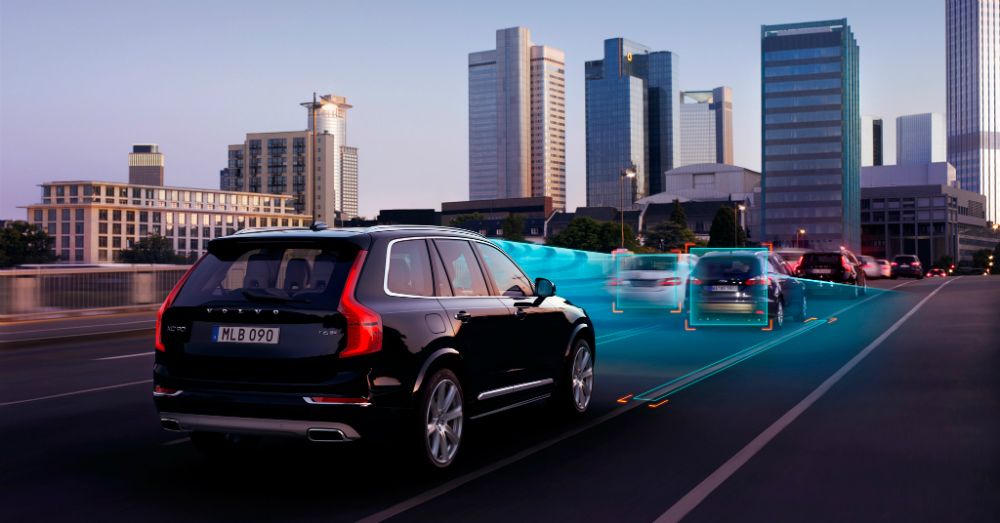Most of us have seen the commercials with a driver who becomes distracted while dropping his daughter off at school and the car suddenly brakes without him realizing it, avoiding a potential collision with the car in front of him. This is a poignant and accurate depiction of what some systems can and will do, but the problem may be that this feature of new vehicles is being advertised incorrectly and being shown to be a complete failsafe against accidents. The problem is some drivers are putting their faith in this system without knowing whether or not it’s the right one for what they need and when the system will actually take action.
The American Automobile Association (AAA) has recently released a report of a review of the Automatic Emergency Braking system of several different vehicles and the findings show that not all systems are built the same. One of the key differences in this system is whether or not it’s made to simply reduced the severity of a crash or if it’s been designed to avoid a crash without any driver intervention at all. Of course most of us would prefer the latter, but not all vehicles have this particular system on board.
The report went beyond just the two types of systems to study how successful they were. The systems that are designed to avoid the crash was successful about sixty percent of the time when the speed of the vehicle was at 30 mph or less. The system designed to slow the car down was actually able to avoid the crash about 33 percent of the time which is pretty good considering the purpose of this particular system. When the speed is increased to 45 mph the avoidance system reduced the speeds by 74 percent and was able to avoid crashes forty percent of the time. The crash mitigation system was only able to slow the vehicle by nine percent and didn’t avoid any crashes at all.
While this may seem to be a telling statistic to make you wonder why this system is being advertised as the next greatest advancement in vehicle technology the success rate is enough to make regulators want these systems to be standard fare on all new vehicles by 2022. Right now only ten percent of the market has an Automatic Forward Braking system but with the help of automakers and the NHTSA we will get to enjoy the benefits of this system in the near future.
The challenge is to truthfully depict this system in a positive manner. The commercial mentioned above shows us a car travelling at a very low speed, which is actually no challenge at all for the braking system. As speeds increase this system will have less success than it does at lower speeds. This will be a fact that may be difficult for automakers to make known to customers when they purchase a vehicle that offers them Automatic Emergency Braking.
This post may contain affiliate links. Meaning a commission is given should you decide to make a purchase through these links, at no cost to you. All products shown are researched and tested to give an accurate review for you.

